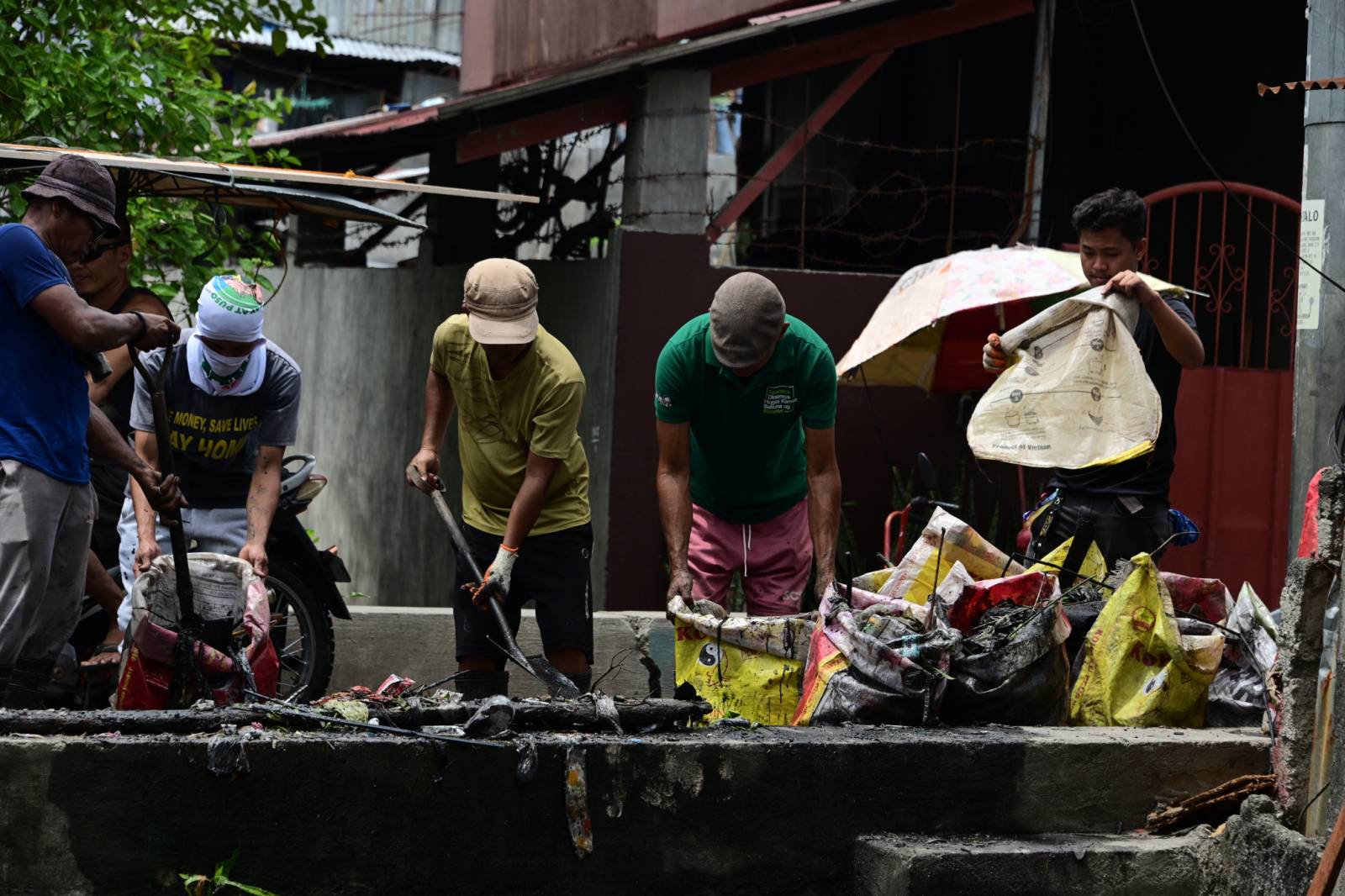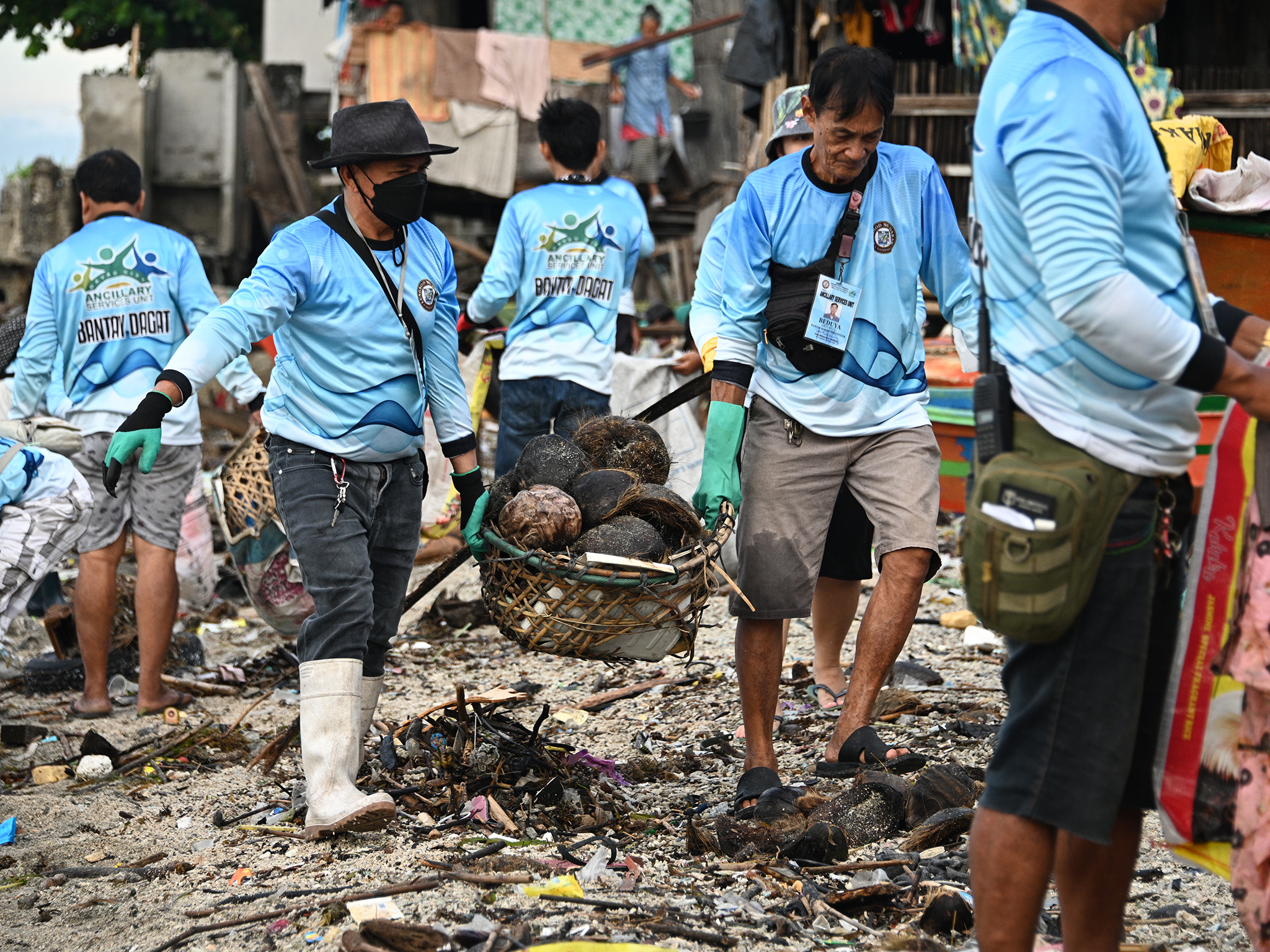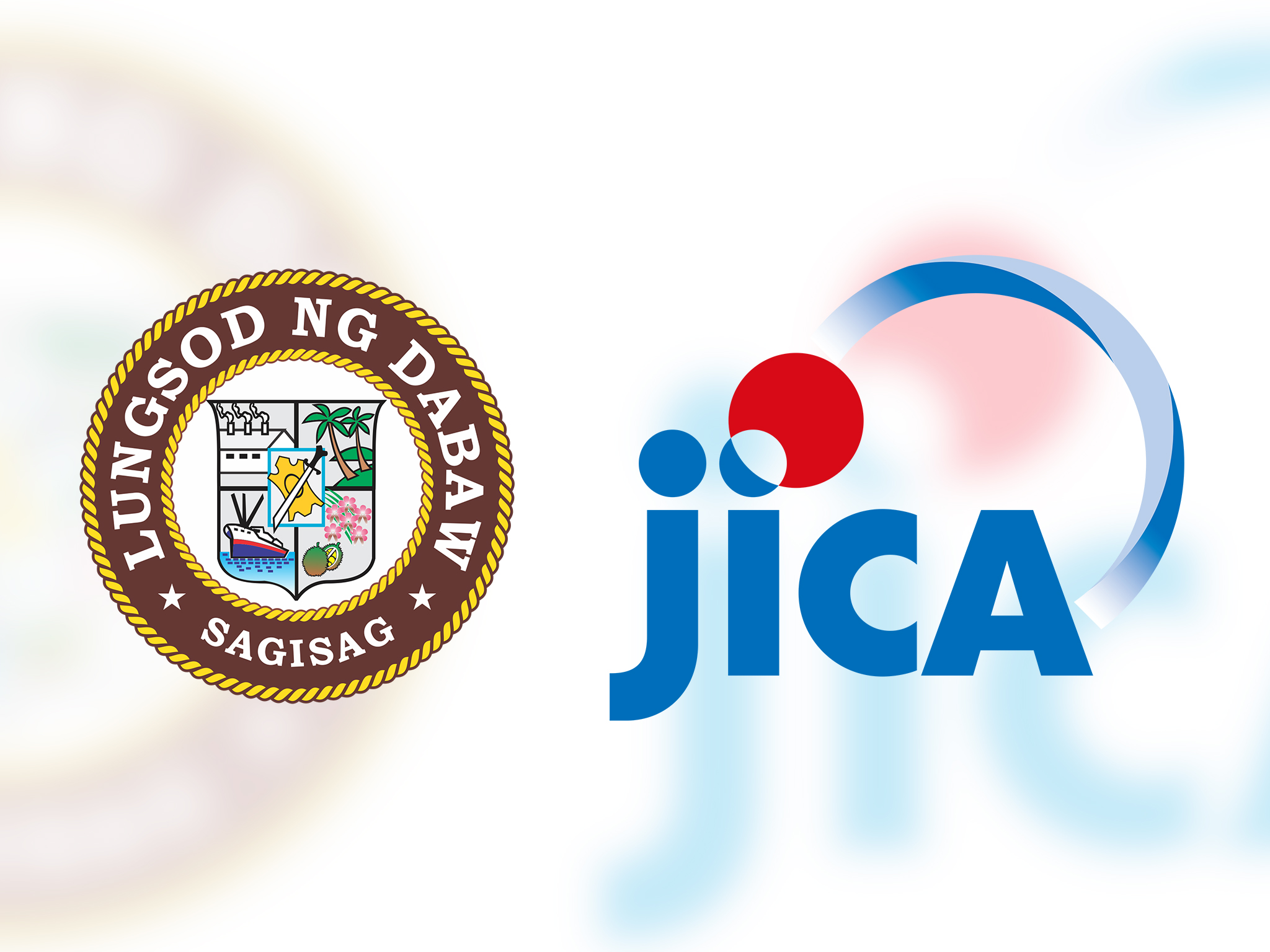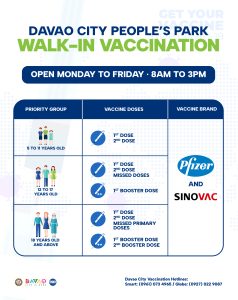More wastes are expected this holiday season. To reduce the volume of garbage that would ultimately end up in the city landfill in Barangay New Carmen (Tugbok), Dabawenyos are urged to minimize their waste output by segregating waste to be recycled and reused.
CENRO-Environmental Waste Management Division Acting Head Engr. Lakandiwa Orcullo, in an interview with the Davao City Disaster Radio program on Thursday, said around 700 to 750 tons of garbage are dumped in the city landfill each day. This number will likely rise significantly this holiday season.
“Naga-increase gyud ang volume sa basura every December, muabot pa na og January na peak season sa mga activities, therefore, peak season pud sa pag-generate sa basura,” Orcullo said.
In November 2021, the CENRO disposed 22,897 tons of garbage; this number increased significantly in December 2021 and January 2022 with 24,460 tons and 23, 642 tons, respectively. The same trend was observed in 2020 with a recorded 18,375 tons in November, 20,299 tons in December and 20, 639 tons in January 2021.
Around 20,237 tons of garbage was dumped in the landfill in November of this year.
Orcullo said the volume of garbage being dumped on average can be significantly reduced if only each household would segregate their garbage and dispose only the residual waste while making use of biodegradables and recyclables.
“Ang bio, as much as possible, dili gyud dapat maabot sa landfill, wala man gud kaayo tay means nga ang biodegradable mabilin sa barangay or sa household,” he said.
Proper segregation is also important as the practice reduces the chance of solid waste ending up as marine litter which not only cause harm to the environment, but can also worsen the flooding in the city, he added.
However, efforts and practices to reduce waste generation in the household and barangay levels are only encouraged by law, Orcullo said, citing the Republic Act 9003 and city ordinance 0361-10—both of which mandate efforts to minimize the volume of waste dumped in landfills by separating waste into residual, biodegradable, recyclable, and special waste. Therefore, the enforcement of the composting and materials recovery provisions depends largely on the barangay functionaries.
Orcullo said that of the city’s 182 barangays, only a handful can be considered fully compliant to the city ordinance.
He said that despite efforts to extend the sanitary landfill’s life-span, it is still fast approaching full capacity, making reduction of waste generated in the city paramount. CIO









